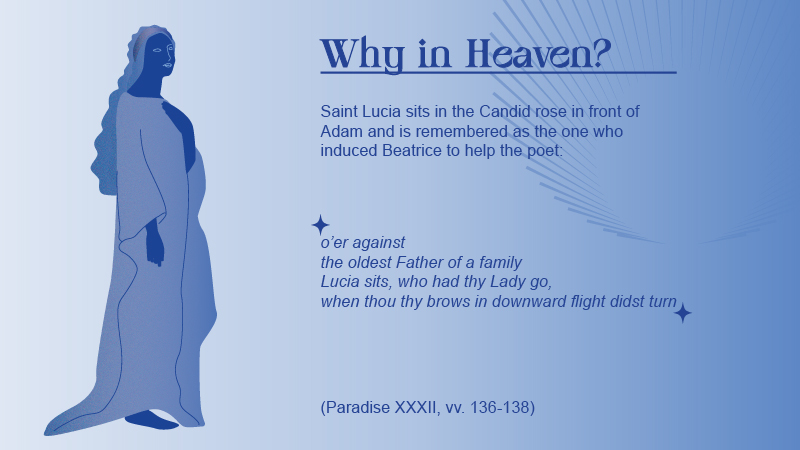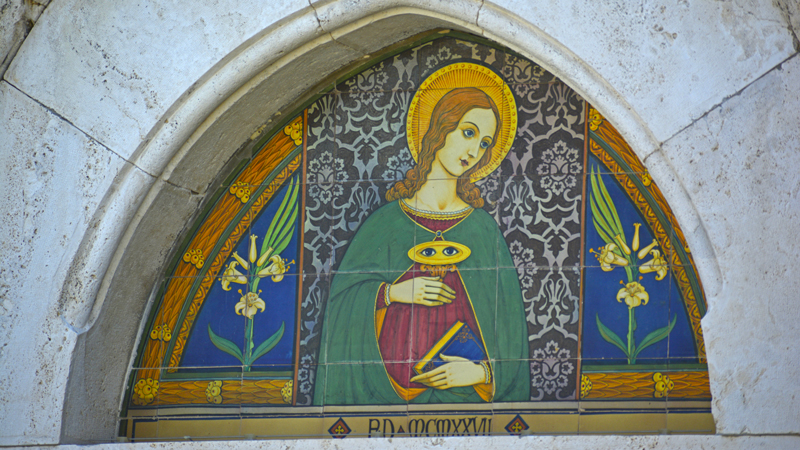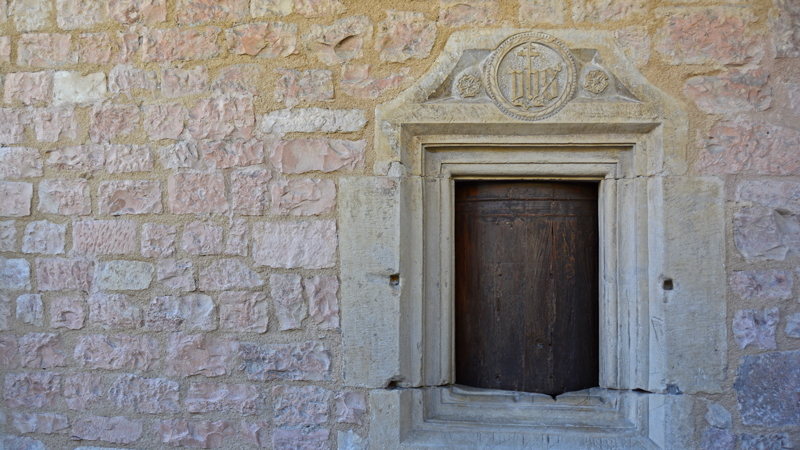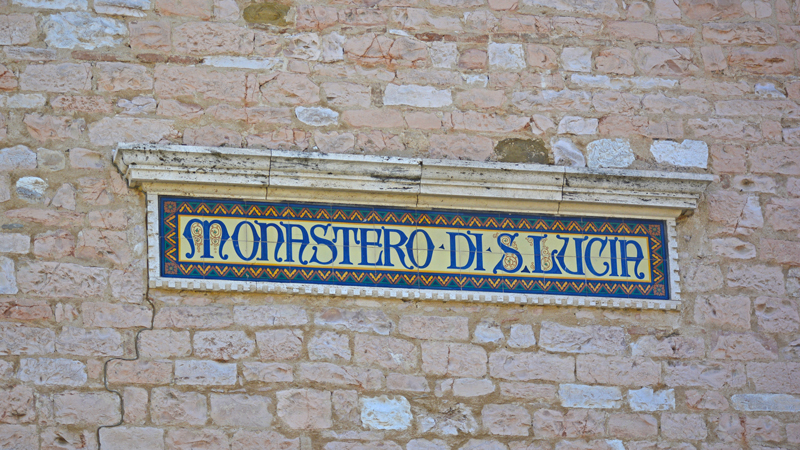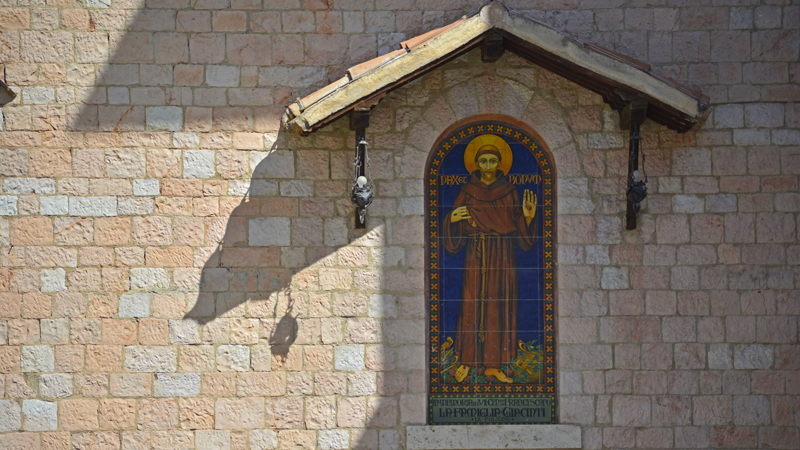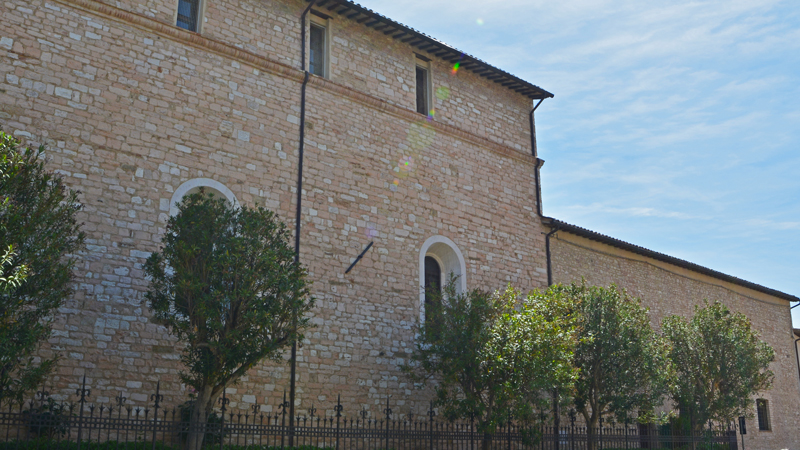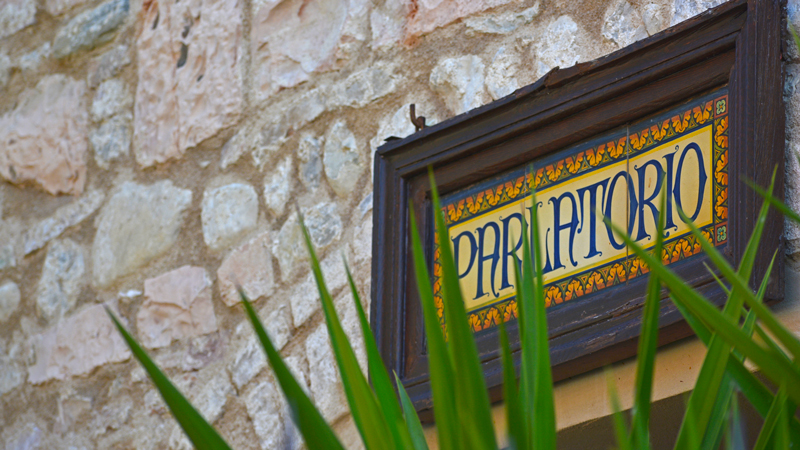Information about this place of worship can be traced as far back as 1326, when it adopted the rule of St. Augustine. Later, in the turn of a century and a half, it followed the rule of St. Francis and St. Clare. The latter is depicted together with Saint Lucy in a fresco by Pierantonio Mezzastris that adorns the entrance portico to the structure. To the left of the entrance there is the church of St. Lucy, rebuilt in 1928 on neo-Gothic lines. Inside there are decorations by Vincenzo Turchetti, and on the right altar there is a beautiful statue of St. Lucy attributed to Antonio Calcioni. The wooden choir of the late fifteenth century is noteworthy. The cloister boasts a cycle of frescoes depicting the History of the Passion, unfortunately largely altered by repainting.

Il progetto Divina Foligno è sviluppato nell’ambito del “programma Agenda urbana di Foligno Smart community - Comunità, Sostenibilità – Foligno 2020” intervento OT.6 INT_01 “Realizzazione della rete di attrattori culturali attraverso la realizzazione di itinerari culturali e tematici

The Divina Foligno project is promoted and financed as part of the "Urban Agenda of Foligno Smart community - Community, Sustainability - Foligno 2020 program" intervention OT.6 INT_01 "Creation of a network of cultural attractions through the creation of cultural and thematic itineraries"

Copyright © 2022 Landmark. All rights reserved.


